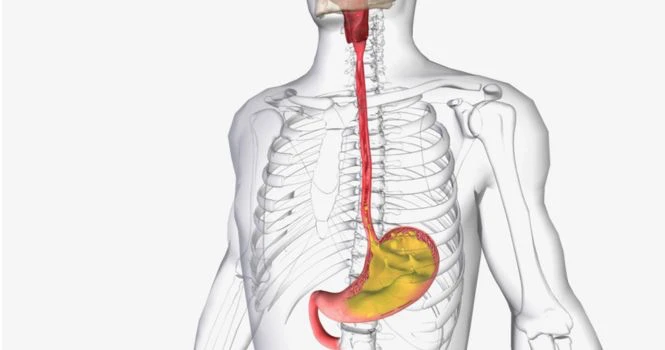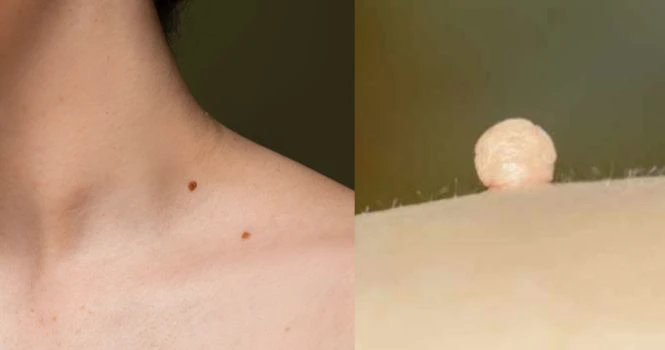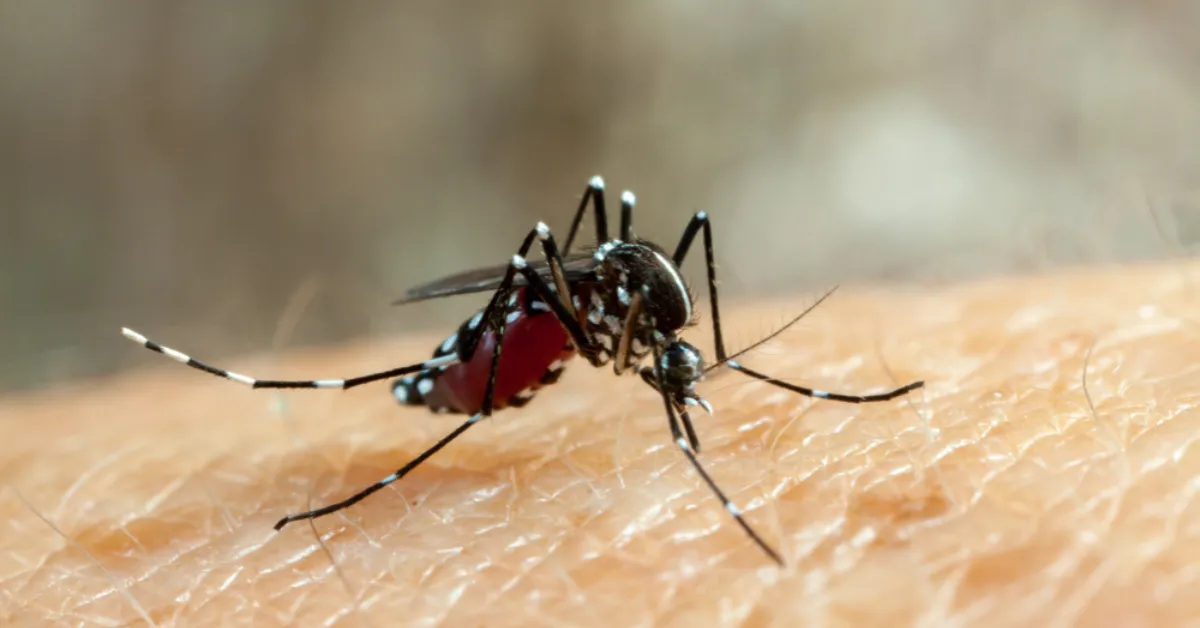What Happens When a Fly Lands on Your Food?
What Really Happens When a Fly Lands on Your Food?
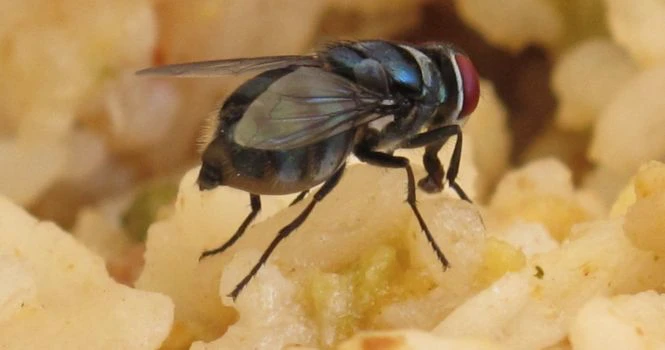
If you see a fly on your food, then it will vomit or poop on it for sure, as it has the tendency to defecate throughout the day and hence deposits countless bacteria on exposed food. Discarding the food would be a wise thing to do. Read On to know more
Why Does the House Fly Vomit?
They can’t eat your solid food. They vomit on solid food to make a solution of it and then sucks it in a liquid state.
It vomits frequently and the vomit drop is a culture of disease agents.
How Does the Housefly Spread the Diseases?
They spread diseases by
- Mechanical Transmission
- Vomit Drop
- Defecation
They efficiently transmit the microorganisms through their feet and hairy legs and rightfully called, “ PORTERS OF INFECTION”
The regurgitated food contents or Vomit drop, as well as frequent defecation, which are a habit, transmits the diseases.
What are the diseases spread by the common Housefly?
Diseases Transmitted by Houseflies
- Typhoid and Paratyphoid fevers
- Diarrhoea and Dysentery
- Cholera
- Gastroenteritis
- Amoebiasis
- Helminthic infestations
- Poliomyelitis
- Conjunctivitis
- Trachoma
- Anthrax
- Yaws
If you find houseflies anywhere, then you must understand that the place and the surroundings are not clean. Houseflies are regarded as a sign of insanitation and their number as an index of insanitation.
The next time you eat on roadsides or anywhere, the place has to be free of houseflies
We tend to shoo them away and even after shooing them, they tend to come and sit on the food.
Where are the Breeding Places of House Flies?
Their breeding place is human excreta, animal excreta, garbage or decaying fruits and vegetables and rubbish dumps containing organic matter.
That’s why it makes sense to keep your Wet Waste Trash Bin in the kitchen covered and make sure no animal excreta is around in the neighbourhood and garbage is being cleared off regularly.
Prevention : Fly Control Measures
- Keep your Home and surroundings clean.
- Efficient collection, removal and disposal of waste at home and in the community.
- Provision of sanitary latrines, septic tanks and water seal latrines and proper sanitation system in the city .
- Space sprays containing pyrethrin and DDT or HCH are available commercially.
- Insecticides such as 0.5% diazinon, 2% Dichlorovos, 2% dimethoate or 1% Ronnel applied at the rate of 28-56 litres per 100 sq. metres have been used for the treatment of fly breeding places.
- Use flytraps and Fly papers
- Mesh to doors and windows for protection
- People must be educated to see any drastic change in the condition.
Let’s get to know few facts about House Fly
Housefly is an insect which commonly lives close to man from ages. In India, we find the non-biting houseflies.
Common Housefly scientific Name is Musca Domestica
Other Important ones are
- Musca Vicinia
- Musca Nebulo
- Musca Sorbens
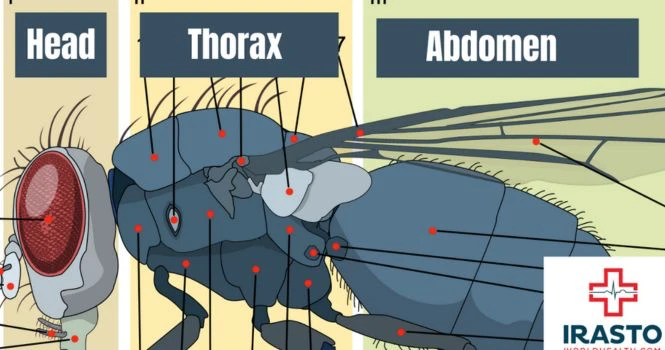
Common Housefly ( Musca Domestica) is grey in color, and the body is divided into Head, thorax and abdomen.
Head:
- It has an pair of antennae
- Large compound eyes
- Retractile Proboscis, which is adapted for sucking liquid foods.
Thorax:
- It has a pair of wings
- Three pairs of legs
The legs and body are covered with numerous stiff hairs, called the tenant hairs, which secrete sticky substance.
Abdomen:
- Segmented and shows light and dark markings
Housefly Life Cycle
It passes through 4 phases
- Egg
- Larva(Maggot)
- Pupa
- Adult
EGG:
The eggs are visible to our naked eyes. They are pearly white 1mm long.
The Female lays about 120 to 150 eggs in one sitting and the favourite place for breeding is human excreta.
The fly lays around 600 to 900 eggs during her lifetime.The eggs hatch in 8 to 24 hours normally but in Indian summer they hatch within 3 hours.
LARVA(MAGGOT)
This stage lasts for 2 to 7 days and are seen as 1 to 2mm long at birth and are white segmented and footless. The full grown larva measures around 12 mm in length.This phase increases in winter conditions.
PUPA
Barrel shared , dark brown and quarter of an inch and this phase lasts for 3 to 6 days.
ADULT
The complete life cycle of Housefly from Egg to Adult may take anywhere between 5 to 6 days during summer in India.
What is the LifeSpan of Housefly?
Flies generally don’t live more than 15 days in summer and 25 days during winter.
![]()



